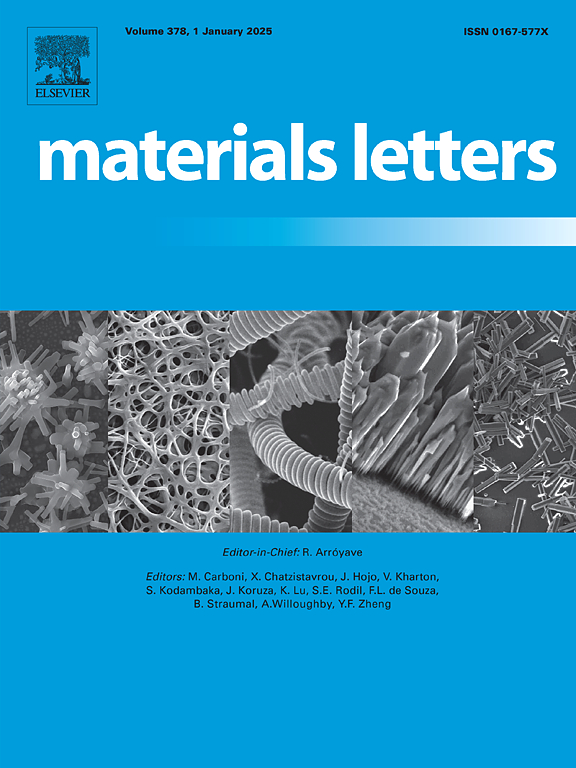Differences in microscopic properties of two major interfacial transition zones in interface between new and old concrete
IF 2.7
4区 材料科学
Q3 MATERIALS SCIENCE, MULTIDISCIPLINARY
引用次数: 0
Abstract
At present, there are few microscopic explanations for the fact that excessive interfacial roughness is detrimental to interfacial bonding strength between new and old concrete. To enrich this research field, interfacial transition zone between old concrete’ aggregates and new concrete (ITZ-A) and interfacial transition zone between old concrete’ cement mortar and new concrete (ITZ-C) were as research subjects in this study. Their differences were investigated using scanning electron microscopy and energy dispersive spectroscopy. Comparative analysis revealed significant differences in three critical micro parameters: calcium-to-silicon content ratio (Ca/Si), the percentage of enriched region of CH and C-S-H, and microporosity characteristics. ITZ-C has 16.39 % less Ca/Si, 64.11 % less enriched regions of CH, 49.86 % more enriched regions of C-S-H, and 30.96 % less porosity than the ITZ-A. Moreover, ITZ-C porosity was dominated by sub-0.1 μm2 micropores (45.26 % of total pore area), while ITZ-A exhibited predominant 1–5 μm2 mesopores (39.08 % of total pore area). Based on the denseness and integrity of the matrix of the microstructure, the microscopic properties of ITZ-C were superior to those of ITZ-A.
求助全文
约1分钟内获得全文
求助全文
来源期刊

Materials Letters
工程技术-材料科学:综合
CiteScore
5.60
自引率
3.30%
发文量
1948
审稿时长
50 days
期刊介绍:
Materials Letters has an open access mirror journal Materials Letters: X, sharing the same aims and scope, editorial team, submission system and rigorous peer review.
Materials Letters is dedicated to publishing novel, cutting edge reports of broad interest to the materials community. The journal provides a forum for materials scientists and engineers, physicists, and chemists to rapidly communicate on the most important topics in the field of materials.
Contributions include, but are not limited to, a variety of topics such as:
• Materials - Metals and alloys, amorphous solids, ceramics, composites, polymers, semiconductors
• Applications - Structural, opto-electronic, magnetic, medical, MEMS, sensors, smart
• Characterization - Analytical, microscopy, scanning probes, nanoscopic, optical, electrical, magnetic, acoustic, spectroscopic, diffraction
• Novel Materials - Micro and nanostructures (nanowires, nanotubes, nanoparticles), nanocomposites, thin films, superlattices, quantum dots.
• Processing - Crystal growth, thin film processing, sol-gel processing, mechanical processing, assembly, nanocrystalline processing.
• Properties - Mechanical, magnetic, optical, electrical, ferroelectric, thermal, interfacial, transport, thermodynamic
• Synthesis - Quenching, solid state, solidification, solution synthesis, vapor deposition, high pressure, explosive
 求助内容:
求助内容: 应助结果提醒方式:
应助结果提醒方式:


